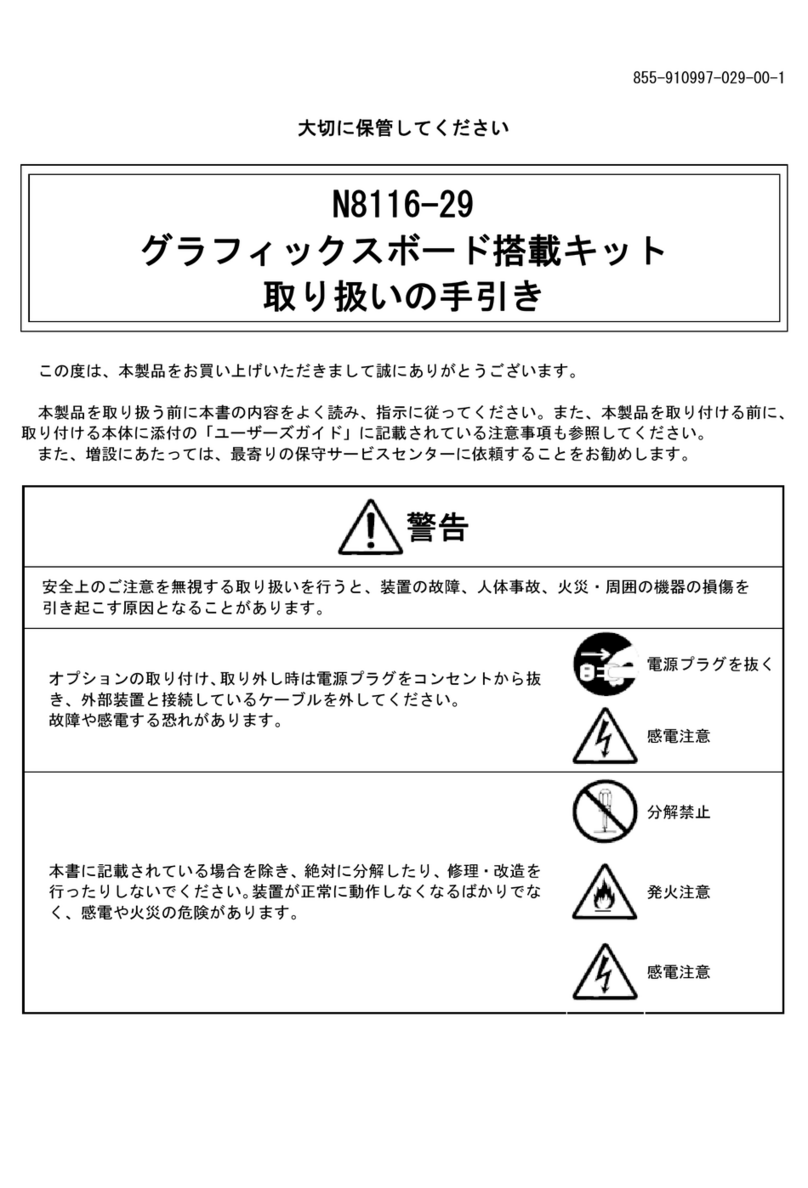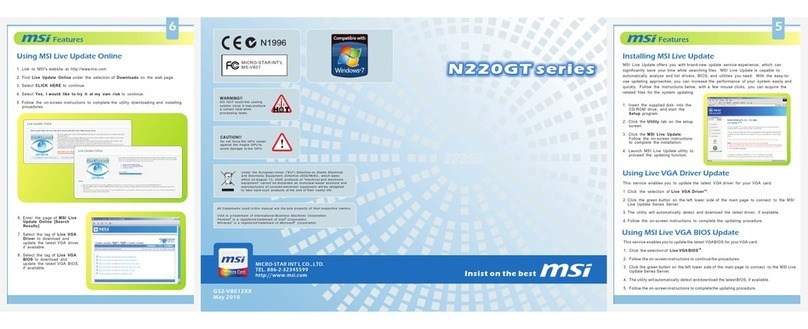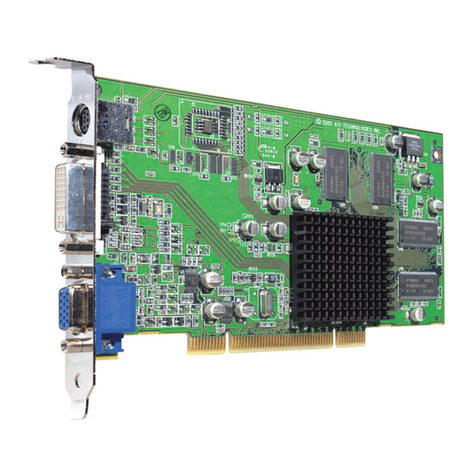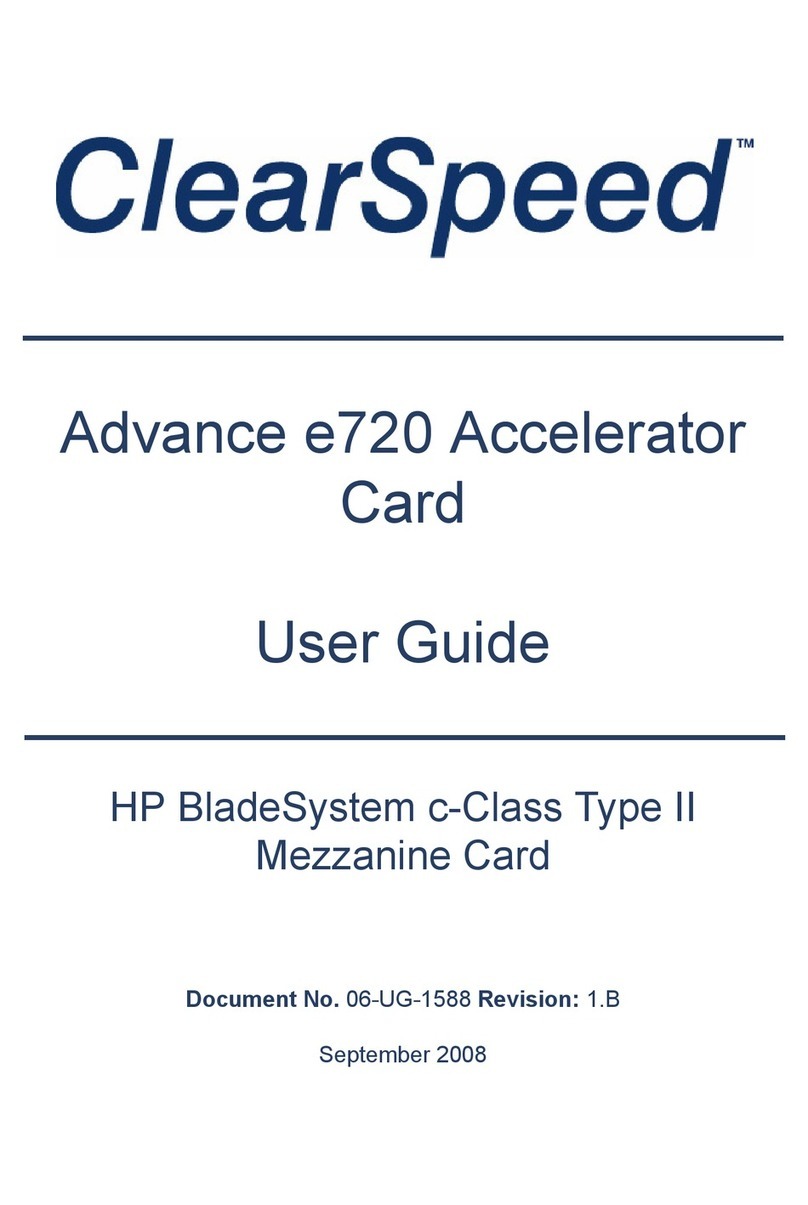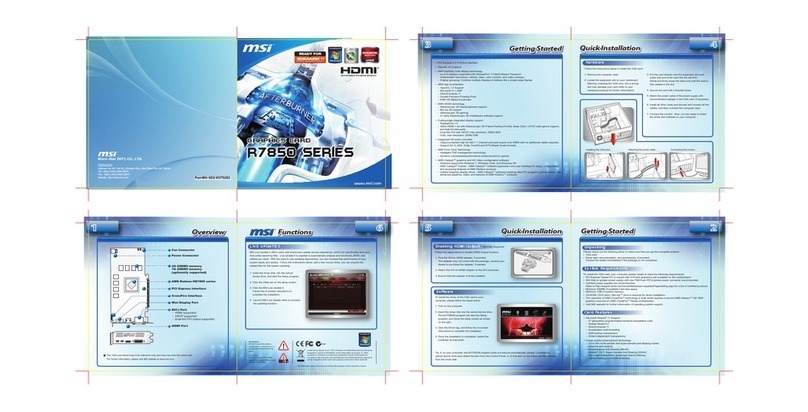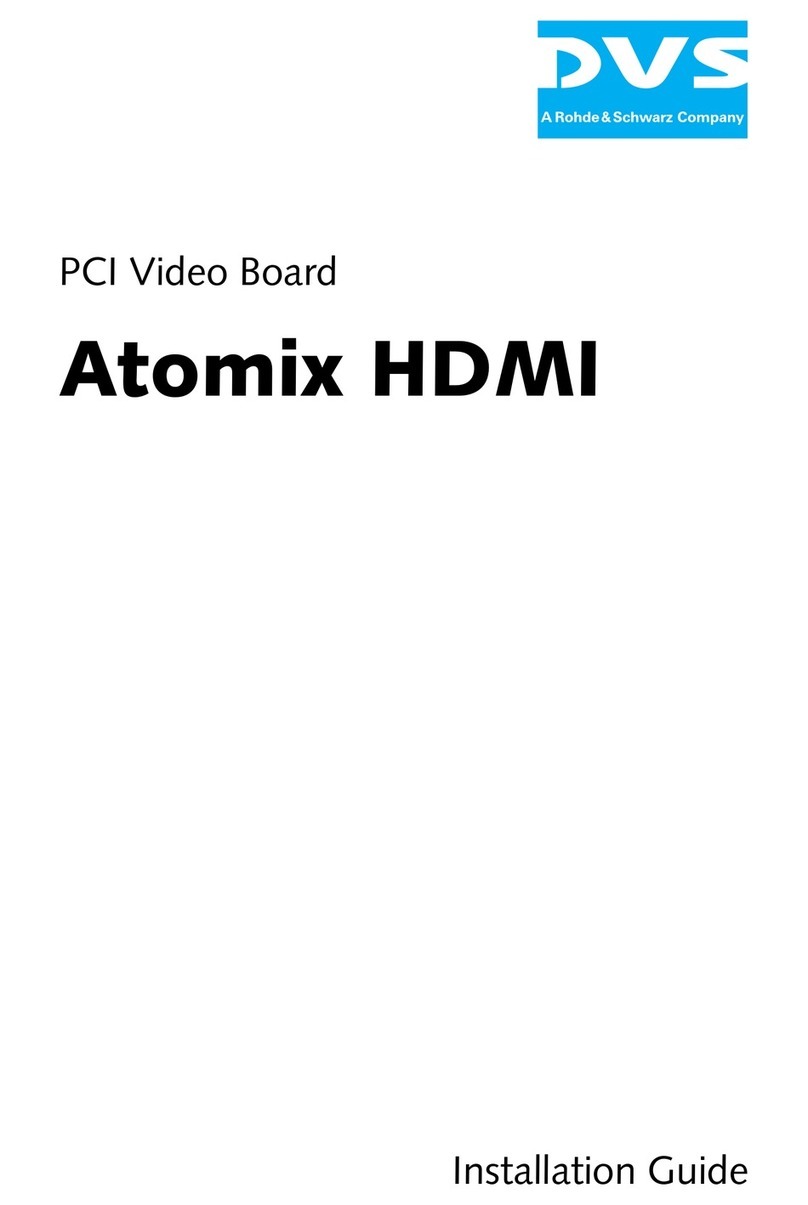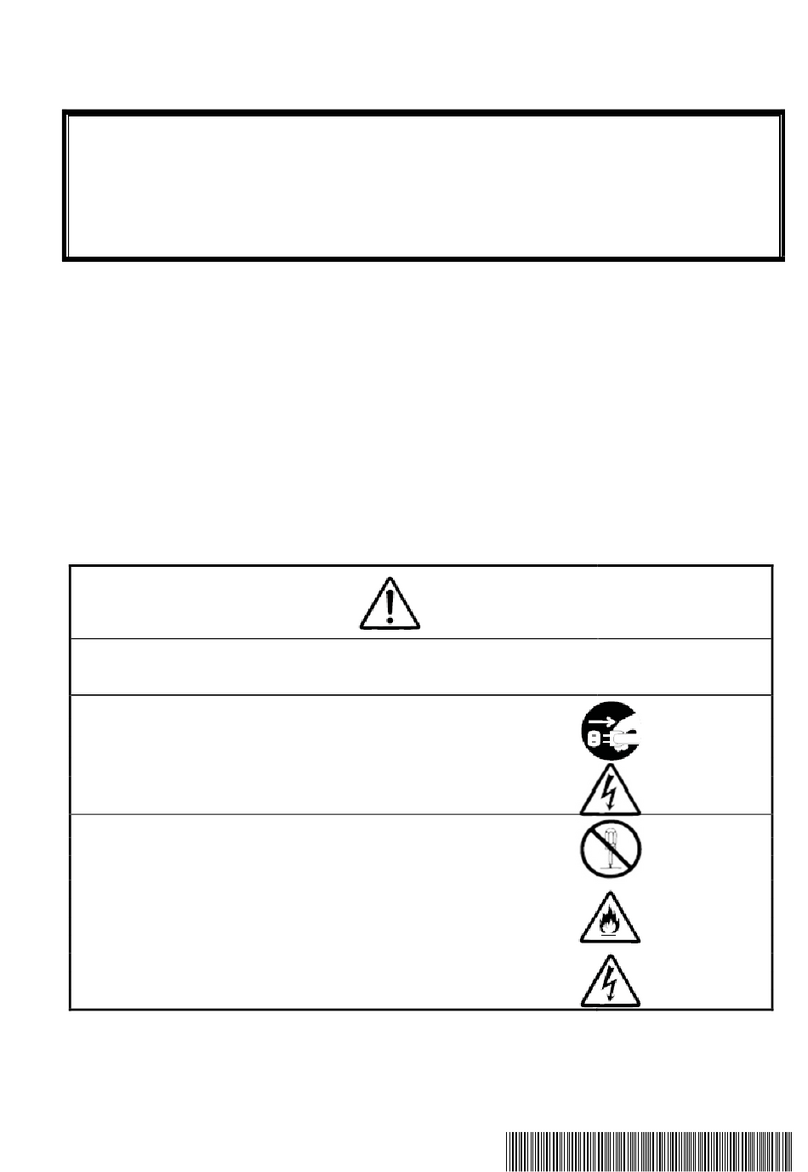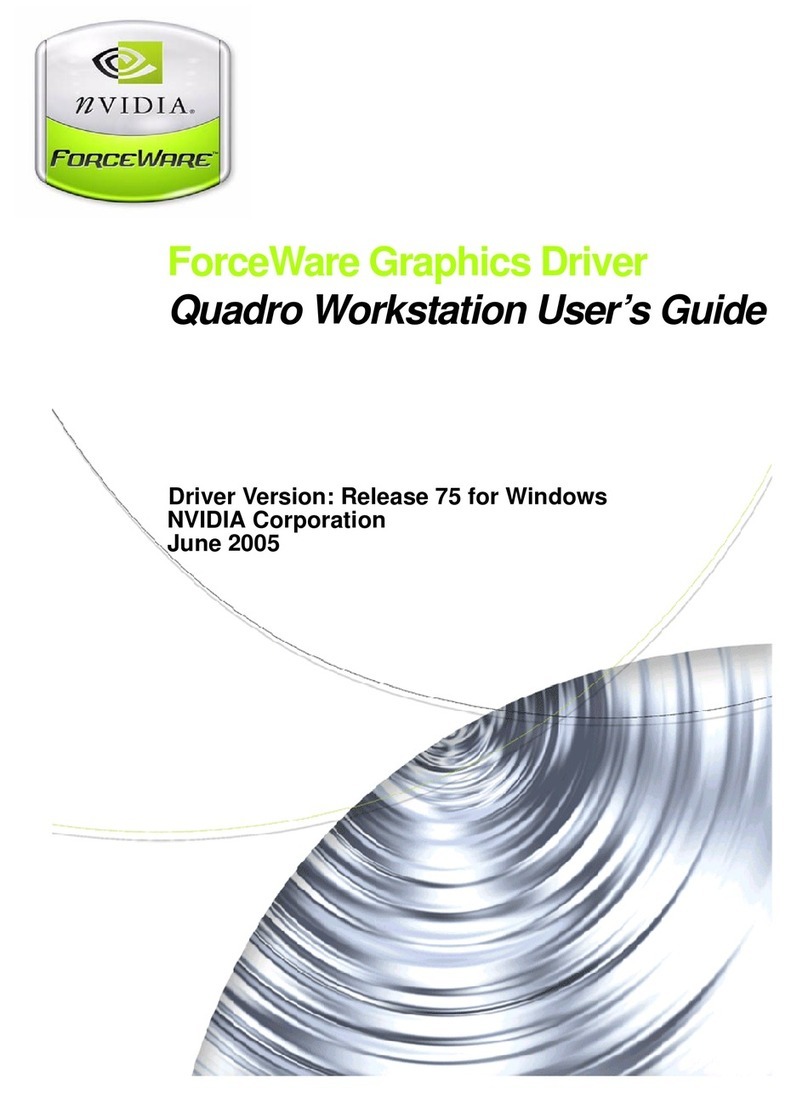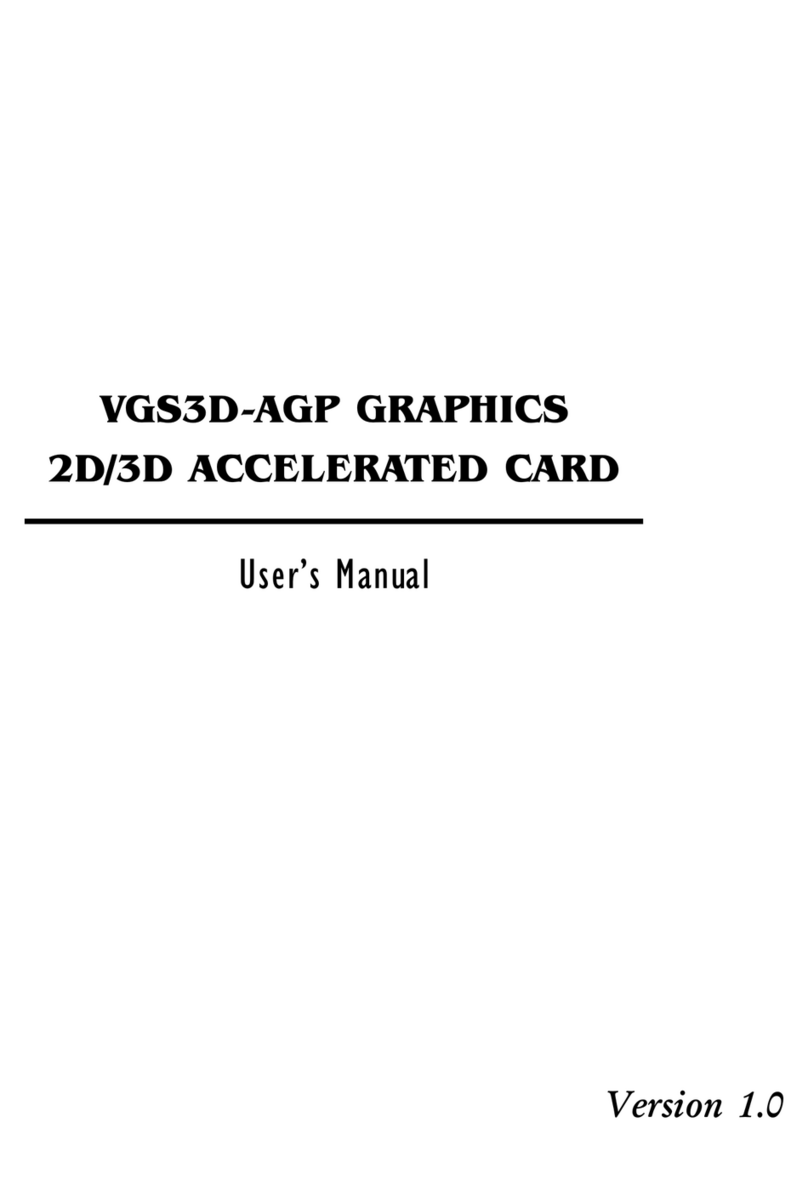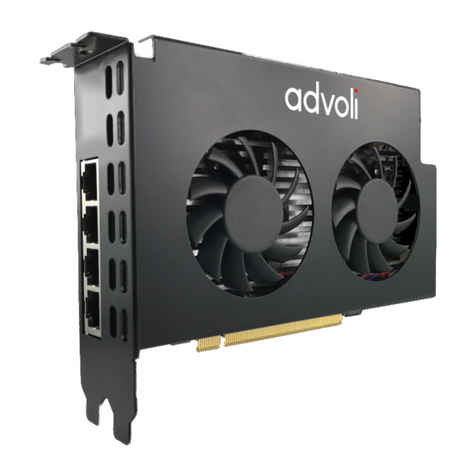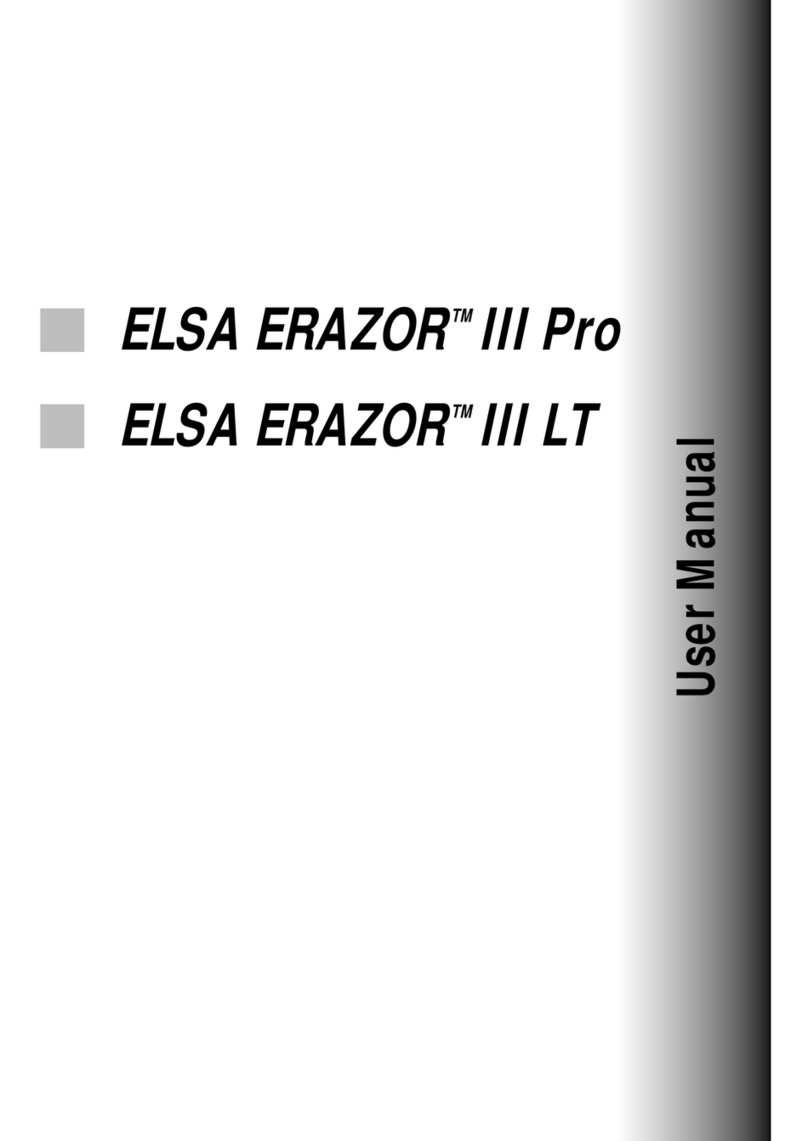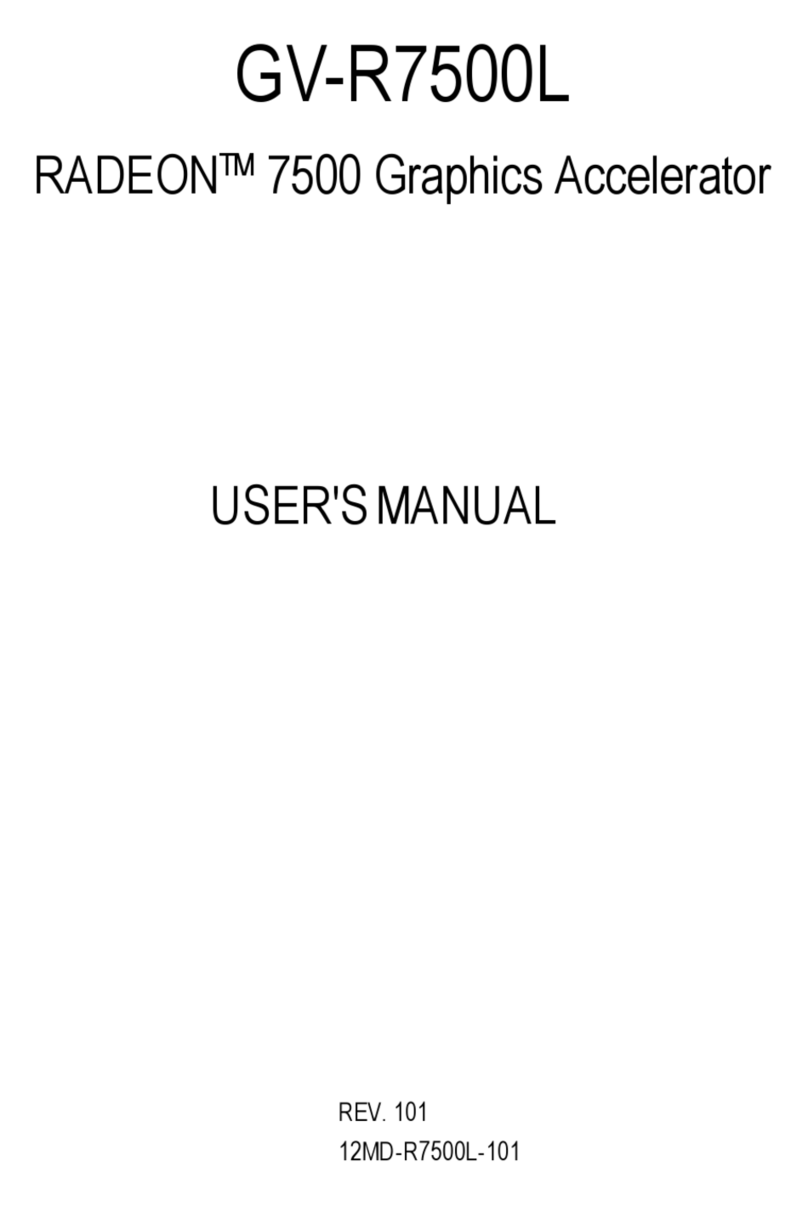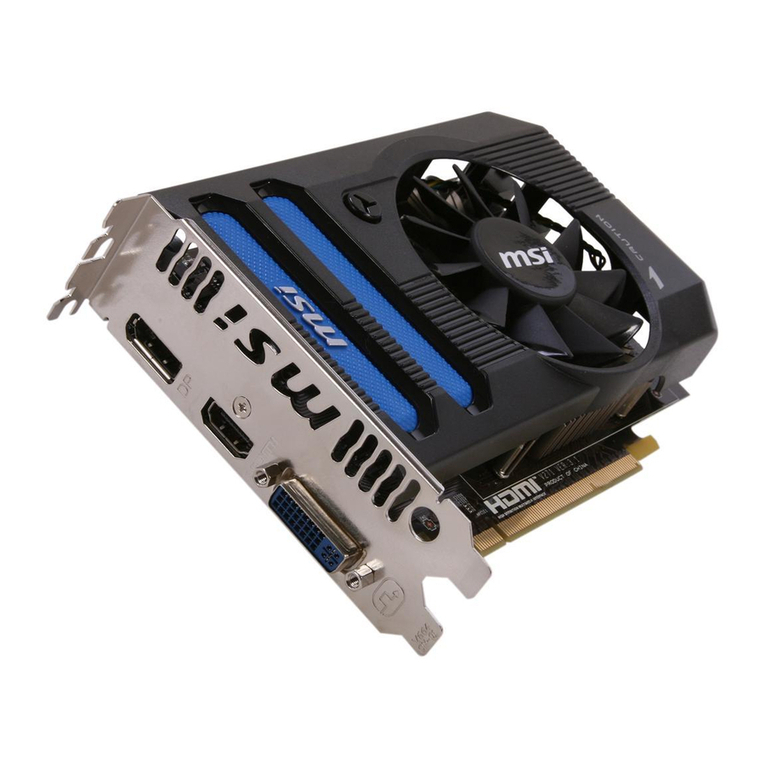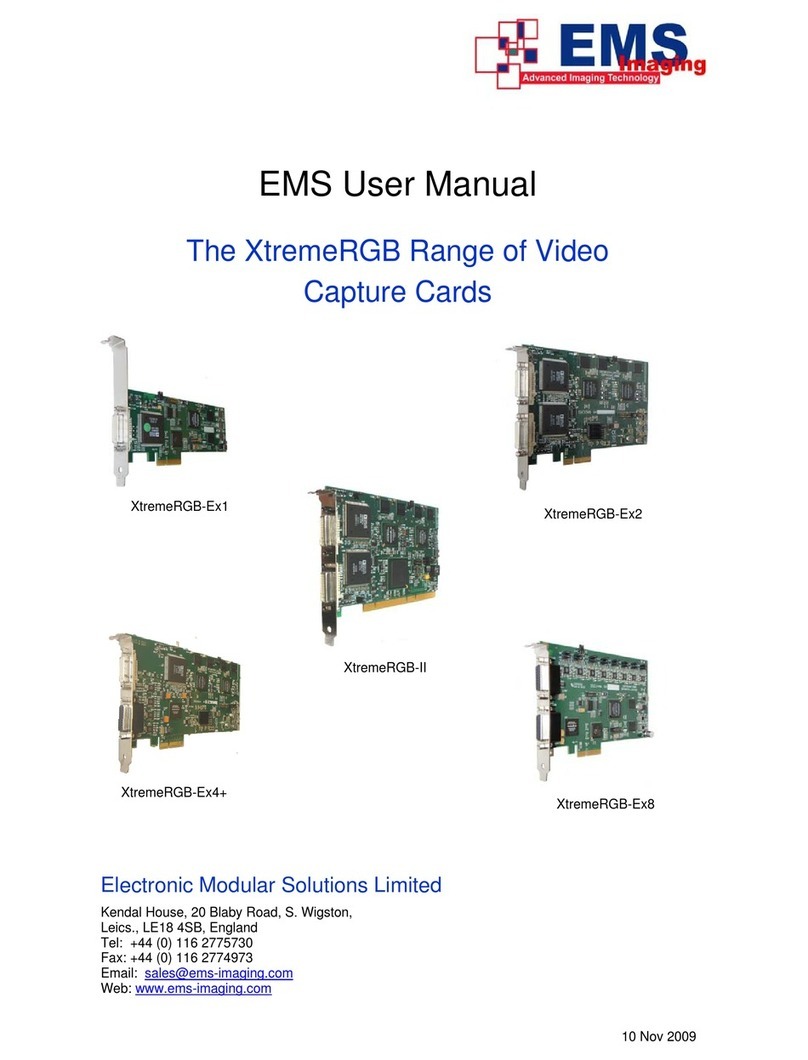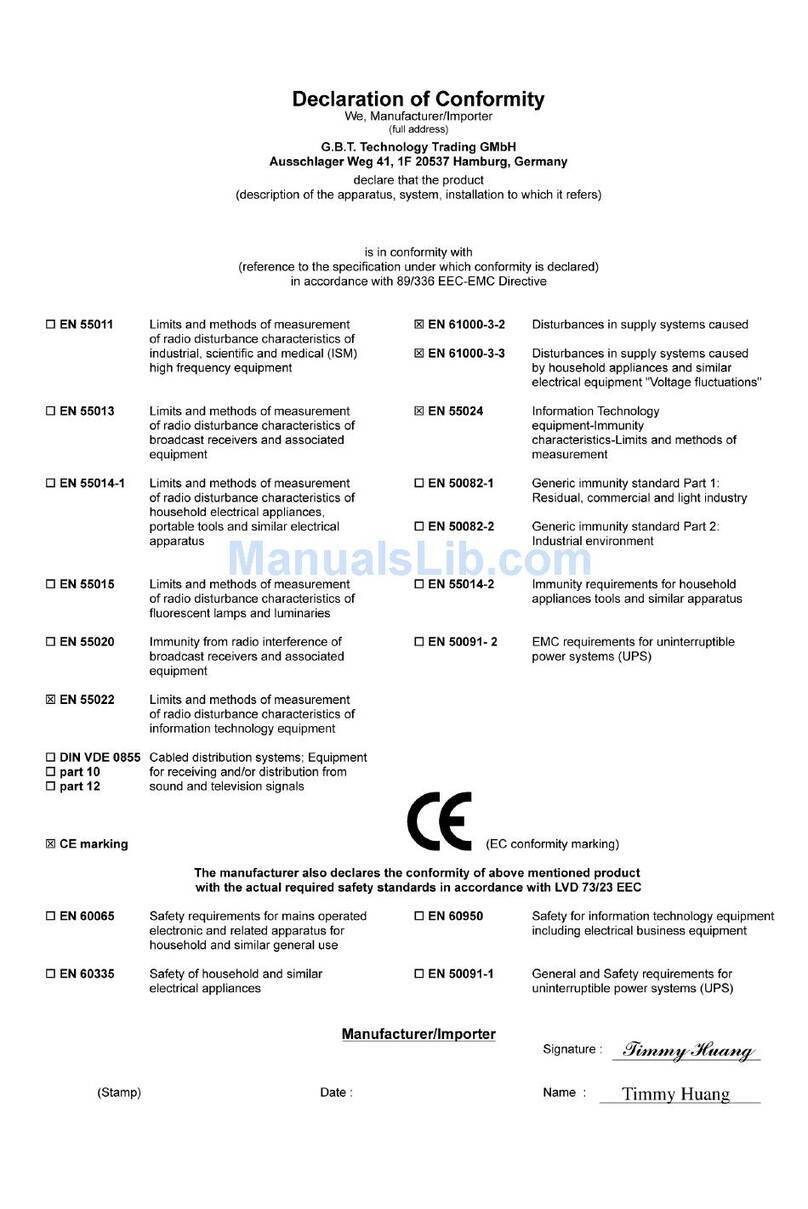
Introduction
2
•Driver Auto-Installation for Window 95/98/NT.
•Drivers for major operation systems and APIs Windows 95,
Windows 98, Windows NT4.0, DirectX5, OpenGL support,
etc.
Supports popular games with 3D acceleration and 3D special
effect.
System Requirements:
Computer :Uses mainboard with an AGP Bus slot.
Monitor :Standard VGA monitor. For receiving all the
benefits from the graphic card, a high
resolution multi-frequency monitor is needed.
Operating :Windows 95; Windows 98, Windows NT
System 4.0 etc.
Package Contents:
Before installing your QDI RV2000 graphic card, please check to
make sure your QDI RV2000 package is complete.
QDI RV2000 AGP graphic card.
Driver CD-ROM Disk.
User's manual.
Contact your dealer if you find anything missing or damaged.
Note! Graphic cards are sensitive to static charge. To avoid
damage that may occur by static charge, leave the graphic card
in its antistatic packaging until installation. Keep the packaging
for possible future transportation.
Software Upgrade
You can visit our web-site: http: // www.qdigrp.com /for BIOS,
drivers updates and other release information .

